What is the single use plastic ban in India?
Say Goodbye to Plastic Waste in Agriculture with Biodegradable Mulching Film India generates an enormous amount of plastic waste every year, much of which ends
As world becomes more environmentally conscious, people are looking for ways to reduce their impact on the planet. Biodegradable and compostable products have emerged as popular alternatives to traditional materials, but what do these terms mean, and how are they different? In this article, we’ll explore the meaning of biodegradable and compostable, their pros and cons, and how they fit into the waste management hierarchy
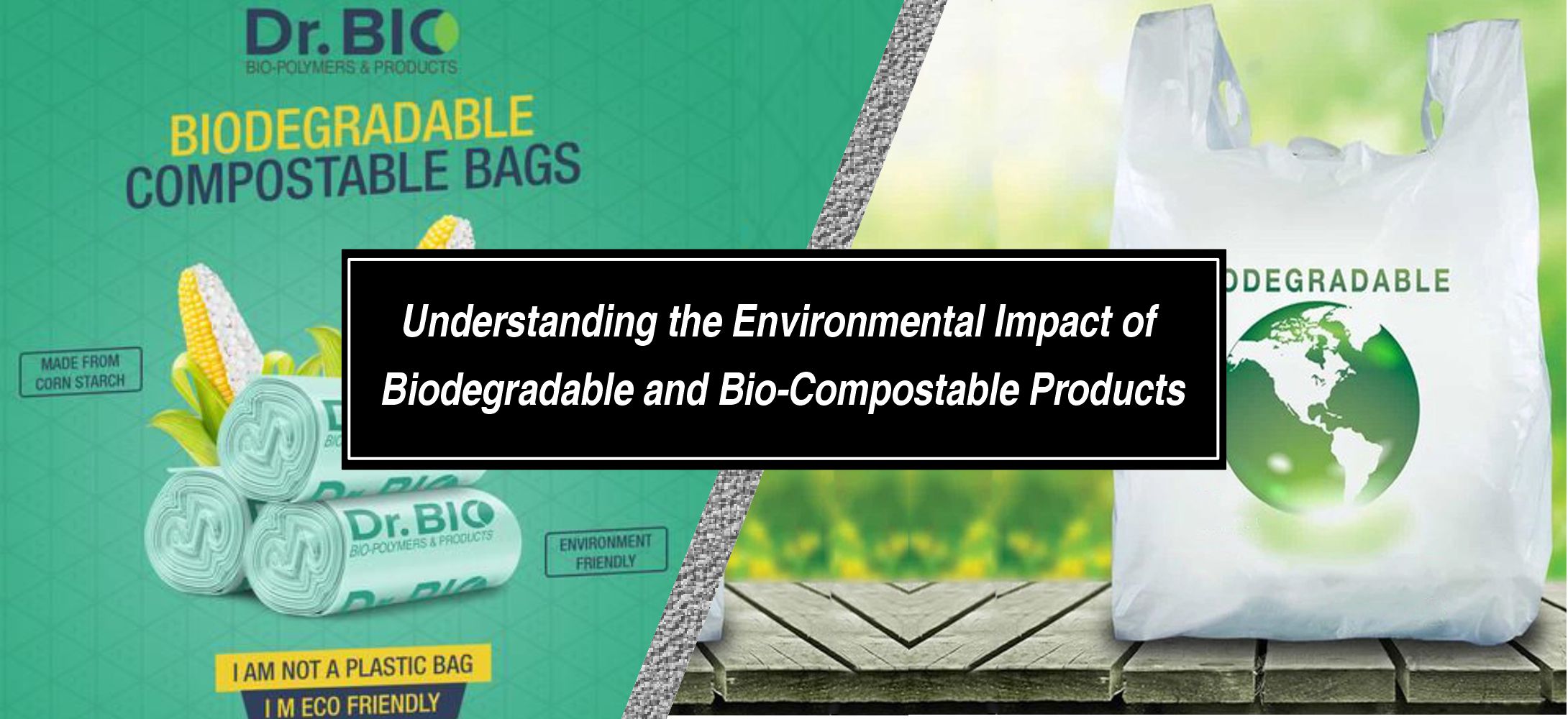
Biodegradable plastic is a type of plastic that can break down into natural substances under certain conditions, such as exposure to sunlight, heat, or moisture. Unlike traditional plastic, which can take hundreds of years to decompose, biodegradable plastic is designed to break down much faster, typically within a few months to a few years. However, the exact timeframe and conditions required for decomposition can vary depending on the type of biodegradable plastic and the environment it is exposed to.
The benefits of biodegradable plastic are that it can reduce the amount of plastic waste in landfills and the environment, and it can help reduce reliance on non-renewable resources. However, there are also some downsides to biodegradable plastic. For example, some types of biodegradable plastic may only break down under specific conditions and may not be suitable for all environments. Additionally, there is some debate over whether biodegradable plastic is truly more environmentally friendly than traditional plastic, as it may still release harmful chemicals during decomposition.
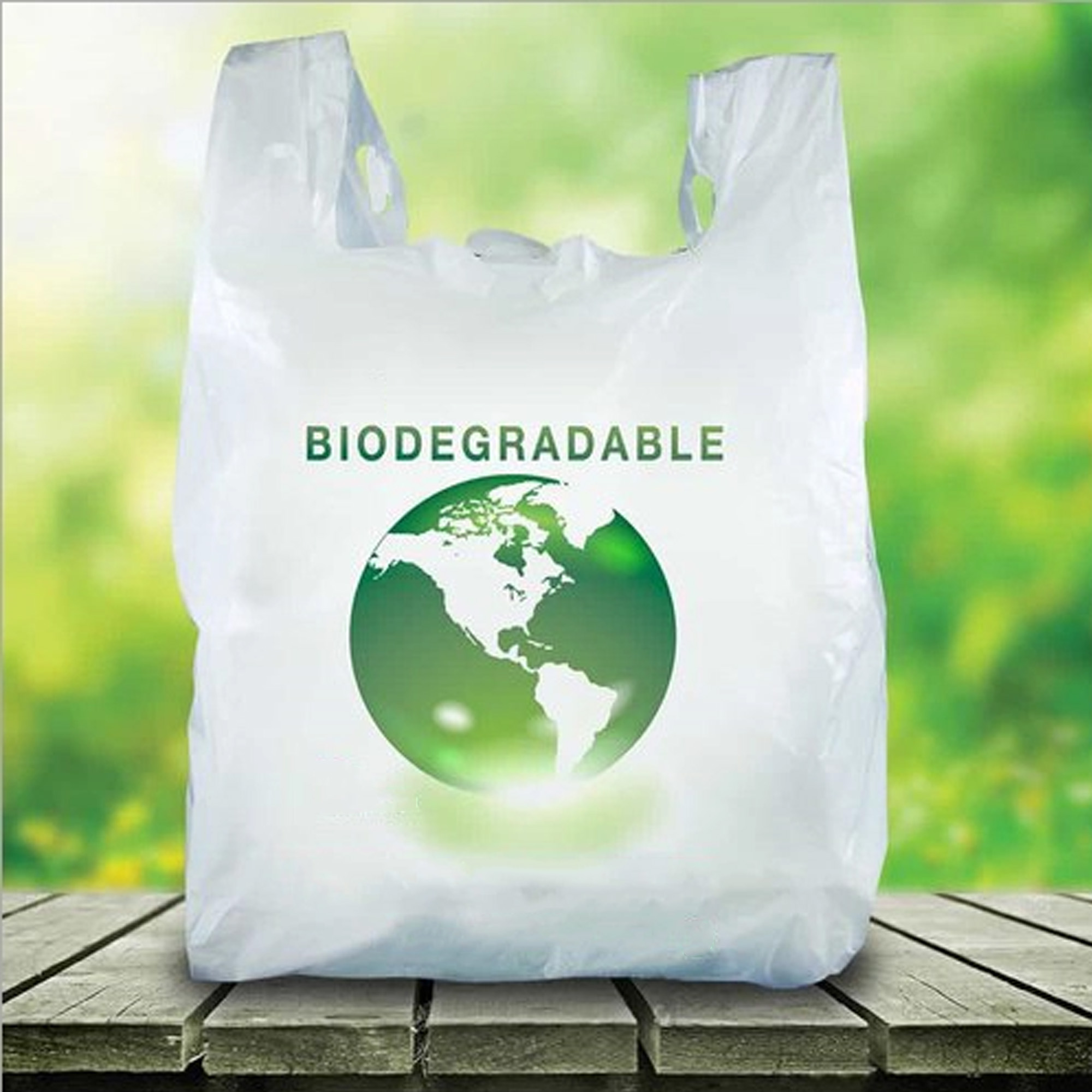
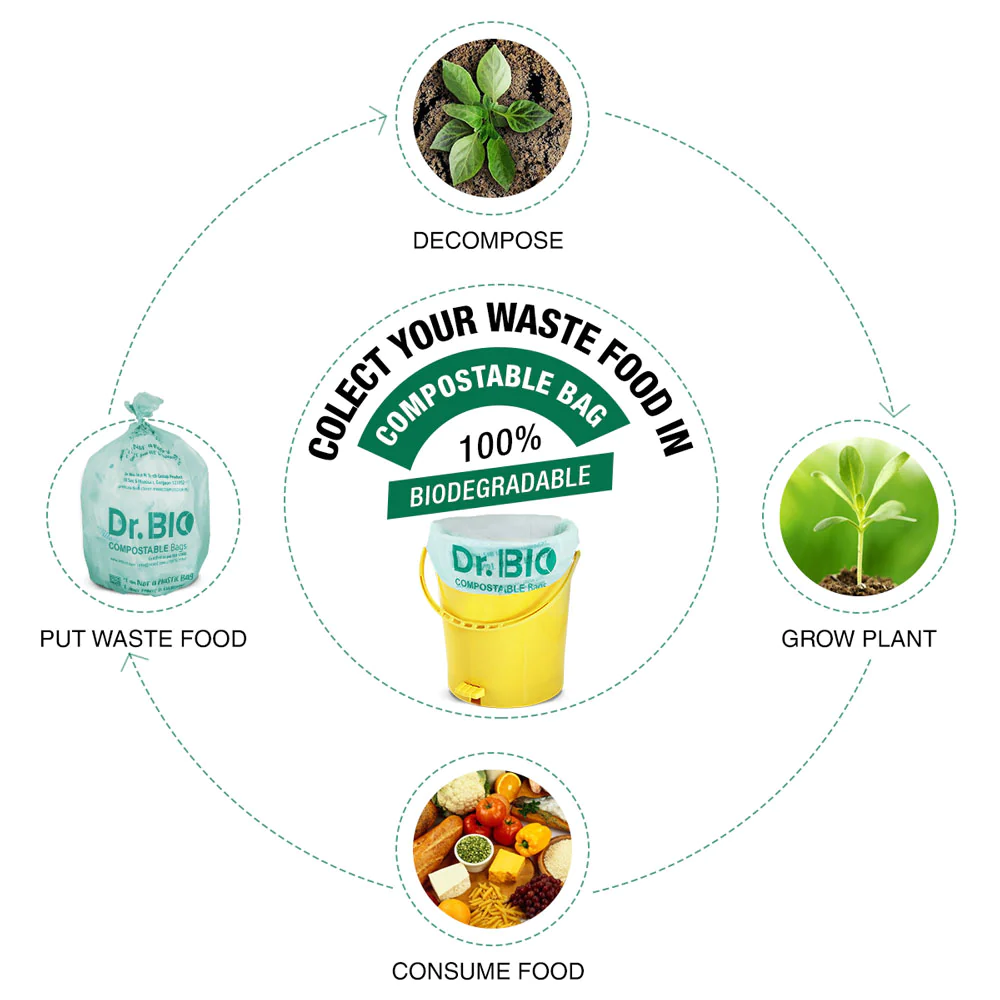
Compostable packaging is a type of packaging material that is specifically designed to break down into nutrient-rich soil in a composting facility. Compostable packaging is typically made from plant-based materials, such as cornstarch or sugarcane, and is designed to break down within a few months in a composting environment. Unlike traditional plastic packaging, which can take hundreds of years to decompose, compostable packaging is a more sustainable alternative that can help reduce waste and conserve resources.
The benefits of compostable packaging are that it is a more sustainable alternative to traditional plastic packaging and can help reduce waste in landfills and the environment. Compostable packaging is also made from renewable resources, such as plant-based materials, which can help reduce reliance on non-renewable resources. However, there are also some downsides to compostable packaging. For example, it may be more expensive than traditional plastic packaging and may not be suitable for all products or environments. Additionally, compostable packaging may require specific conditions, such as proper temperature, moisture, and oxygen levels, for proper decomposition.
Biodegradable and compostable products are similar in that they both break down into natural substances. However, the key difference is the timeframe and conditions required for decomposition. Biodegradable materials can take months or even years to break down, while compostable materials are designed to break down much faster, typically within a few months. Composting requires specific conditions, such as proper temperature, moisture, and oxygen levels, while biodegradation can occur in a wider range of environments.
Implementing Biodegradable and Compostable Products A. Best practices for consumers When using biodegradable or compostable products, it’s important to dispose of them properly to ensure they can break down as intended. This may involve separating them from other waste and sending them to a composting facility or using them in a backyard compost pile. It’s also important to choose products that are certified as biodegradable or compostable to ensure they meet specific standards for decomposition.
When deciding between biodegradable and compostable products, it’s important to consider the intended use and disposal method. Biodegradable materials may be more suitable for long-term applications, such as building materials or durable goods, while compostable materials are better suited for short-term applications, such as food packaging or single-use items.
Businesses can implement biodegradable and compostable products in a number of ways, such as using them for packaging or switching to compostable utensils and dishware. However, it’s important to consider the entire lifecycle of the product, from production to disposal, to ensure it has a positive environmental impact. Businesses may also need to invest in specialized equipment or training to handle biodegradable or compostable waste.

Say Goodbye to Plastic Waste in Agriculture with Biodegradable Mulching Film India generates an enormous amount of plastic waste every year, much of which ends
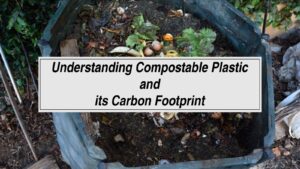
Environmental Impact of Biodegradable and Bio-Compostable Products As world becomes more environmentally conscious, people are looking for ways to reduce their impact on the planet.
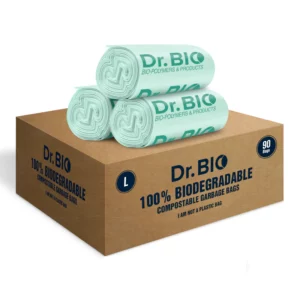
The Biodegradability of Corn Starch-based Garbage Bags: A Closer Look Corn starch-based garbage bags have become increasingly popular in recent years due to their eco-friendly